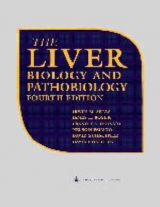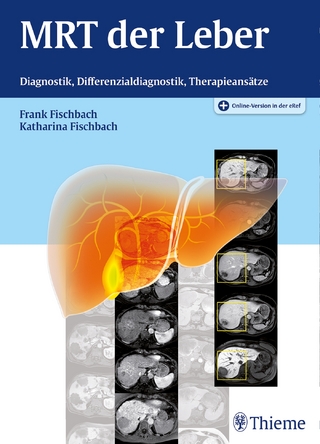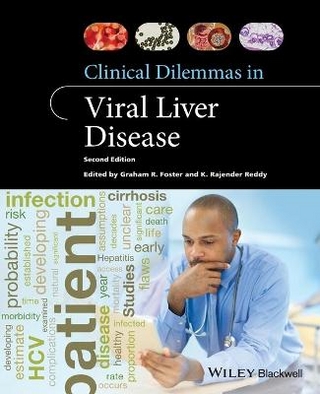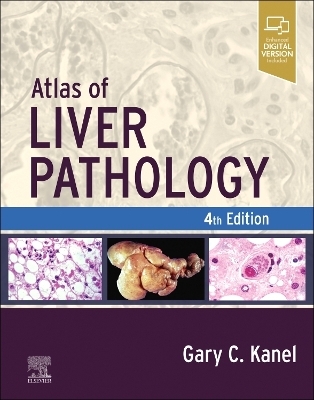
The Liver
Biology and Pathobiology
Seiten
1994
|
3rd Revised edition
Lippincott Williams and Wilkins (Verlag)
978-0-7817-0133-4 (ISBN)
Lippincott Williams and Wilkins (Verlag)
978-0-7817-0133-4 (ISBN)
- Titel erscheint in neuer Auflage
- Artikel merken
Zu diesem Artikel existiert eine Nachauflage
The third edition of this standard reference, which provides the critical link between basic science and clinical practice, incorporates recent advances in knowledge of the basic biology of liver structure and function, and the pathobiology of clinical liver disease.
The third edition of this classic work incorporates the past six years' groundbreaking discoveries on the structure and function of the liver and the mechanisms underlying liver diseases. Ten new chapters focus on advances in molecular, cellular, and immunobiology, including such areas as mechanisms of signal transduction, growth control, and cell death; biliary cell and membrane biology; the hepatic microcirculation; transformation in the liver; and molecular aspects of autoimmune liver disease. The section on pathobiologic mechanisms includes new chapters on immune mechanisms of cellular injury in viral hepatitis; viral mechanisms in hepatic oncogenesis; the pathobiology of portal hypertension; and fibrogenesis. Seven new chapters explore major areas of future research, such as liver stem cells; hepatocyte transplantation; gene therapy by targeting nucleic acids to hepatocytes; the process of adoptosis in liver adaptation and carcinogenesis; regulation of the eukaryotic cell cycle, mechanisms of action of the immunosuppressants cyclosporin A and FK-506; and transgenic and "gene-knockout" animal models of liver disease. All chapters from the Second Edition have been updated.
The third edition of this classic work incorporates the past six years' groundbreaking discoveries on the structure and function of the liver and the mechanisms underlying liver diseases. Ten new chapters focus on advances in molecular, cellular, and immunobiology, including such areas as mechanisms of signal transduction, growth control, and cell death; biliary cell and membrane biology; the hepatic microcirculation; transformation in the liver; and molecular aspects of autoimmune liver disease. The section on pathobiologic mechanisms includes new chapters on immune mechanisms of cellular injury in viral hepatitis; viral mechanisms in hepatic oncogenesis; the pathobiology of portal hypertension; and fibrogenesis. Seven new chapters explore major areas of future research, such as liver stem cells; hepatocyte transplantation; gene therapy by targeting nucleic acids to hepatocytes; the process of adoptosis in liver adaptation and carcinogenesis; regulation of the eukaryotic cell cycle, mechanisms of action of the immunosuppressants cyclosporin A and FK-506; and transgenic and "gene-knockout" animal models of liver disease. All chapters from the Second Edition have been updated.
Introduction: organizational principles. Part 1 The cells. Part 2 Interrelated cell functions. Part 3 The organ. Part 4 Relation to other organs. Part 5 Pathobiologic analysis of disease mechanisms. Part 6 Horizons.
| Erscheint lt. Verlag | 1.6.1994 |
|---|---|
| Zusatzinfo | 54 tables, 92 halftones, 454 line drawings, 11 colour illustrations |
| Verlagsort | Philadelphia |
| Sprache | englisch |
| Maße | 216 x 279 mm |
| Gewicht | 4760 g |
| Themenwelt | Medizinische Fachgebiete ► Innere Medizin ► Hepatologie |
| ISBN-10 | 0-7817-0133-3 / 0781701333 |
| ISBN-13 | 978-0-7817-0133-4 / 9780781701334 |
| Zustand | Neuware |
| Haben Sie eine Frage zum Produkt? |
Mehr entdecken
aus dem Bereich
aus dem Bereich
Diagnostik, Differenzialdiagnostik, Therapieansätze
Buch (2016)
Thieme (Verlag)
101,00 €
Buch | Hardcover (2023)
Elsevier - Health Sciences Division (Verlag)
259,95 €



